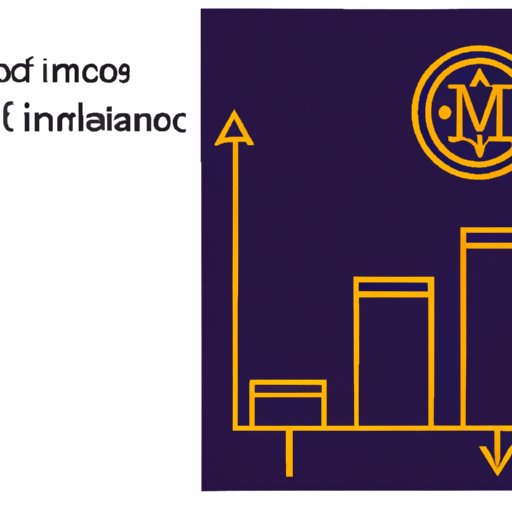Introduction
In the world of finance, the term “MOIC” stands for Multiple of Invested Capital. It is a key metric used to measure the return on an investment relative to the amount of capital invested. In order to make more informed decisions when evaluating investments, financial analysts rely heavily on MOIC as a key indicator of performance.
Exploring MOIC
The calculation of MOIC is relatively straightforward. It is simply the total return on an investment divided by the initial investment amount. For instance, if an investor puts $100 into a stock and it appreciates to $150, then the MOIC would be 1.5 (150/100). The higher the MOIC, the better the investment performance.
When interpreting MOIC, it is important to consider other factors that could influence the return. For example, if an investor invests in a high-risk venture, they may expect a higher return but also face a greater chance of losing their entire investment. Therefore, the MOIC should not be considered in isolation but rather along with other metrics such as risk-adjusted returns.
MOIC can also be used to assess the performance of a portfolio or group of investments. By calculating the average MOIC across all investments, investors can gain a better understanding of the overall return. This is a useful tool for comparing different portfolios and making more informed decisions about where to invest.
Using MOIC to Evaluate Risk-Adjusted Returns
Risk-adjusted returns are a key component of financial analysis. They measure the return on an investment after taking into account the risk associated with it. To calculate the risk-adjusted return, analysts must consider both the expected return and the level of risk involved. MOIC can be used as one measure of the expected return, helping to provide a more accurate assessment of the risk-adjusted return.
There are several elements that can influence the risk-adjusted return, including the volatility of the asset, the cost of borrowing, and the time horizon of the investment. Analysts must take these factors into account when assessing the risk-adjusted return. By leveraging MOIC as a key indicator of return, analysts can more accurately assess the risk-adjusted return on an investment.
Conclusion
MOIC is a powerful metric for measuring the return on an investment relative to the amount of capital invested. By understanding what MOIC means in finance and how it can be used to evaluate risk-adjusted returns, investors and financial analysts can make more informed decisions when assessing investment performance.
To summarize, MOIC is a key metric used to measure the return on an investment relative to the amount of capital invested. It can be used to assess the performance of a portfolio or group of investments, as well as to evaluate risk-adjusted returns. By leveraging MOIC as a key indicator of return, investors can gain a more accurate understanding of the expected return on an investment.
Ultimately, MOIC provides investors and financial analysts with a valuable tool for measuring the performance of investments. By utilizing MOIC as part of their financial analysis, investors can make more informed decisions and maximize their returns.
(Note: Is this article not meeting your expectations? Do you have knowledge or insights to share? Unlock new opportunities and expand your reach by joining our authors team. Click Registration to join us and share your expertise with our readers.)
